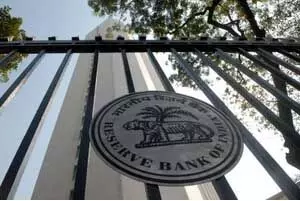RBI issued new LCR guidelines for banks

Mumbai: The Reserve Bank of India (RBI) has released new liquidity coverage ratio (LCR) guidelines under which banks will have to allocate an additional run-off rate of 2.5 per cent on internet and mobile banking-enabled retail and small business customer deposits from April 1, 2026.
Banks will also have to adjust the market value of government securities (Level 1 HQLA) in line with the margin requirements under the Liquidity Adjustment Facility (LAF) and Marginal Standing Facility (MSF).
Bharti Airtel to acquire 400 MHz spectrum from Adani Data Networks
Further, the new guidelines also rationalise the structure of wholesale funding from “other legal entities”. As a result, funding from non-financial entities such as trusts (educational, charitable and religious), partnerships, LLPs, etc. will attract a lower run-off rate of 40 per cent as compared to 100 per cent at present. “The revised guidelines will come into effect from April 1, 2026. This will give banks sufficient time to convert their systems for LCR calculation to the new standards,” the RBI said in the statement.
China’s Nio to delay Firefly electric vehicle launch in Europe
The Reserve Bank has analysed the effectiveness of the above measures based on data provided by banks as of December 31, 2024. It is estimated that the effect of these measures will improve banks’ LCR by about 6 percentage points at the overall level by that date. In addition, all banks will continue to comfortably meet the minimum LCR requirements.
According to an RBI statement, these measures are expected to increase the liquidity of banks in India. The RBI statement said that the final LCR guidelines have been issued after carefully examining the feedback provided by the banks.
The liquidity coverage ratio is a regulatory standard developed by the Basel Committee on Banking Supervision. This requires banks to maintain a buffer of high-quality liquid assets that can cover net cash outflows in a 30-day stress scenario.





